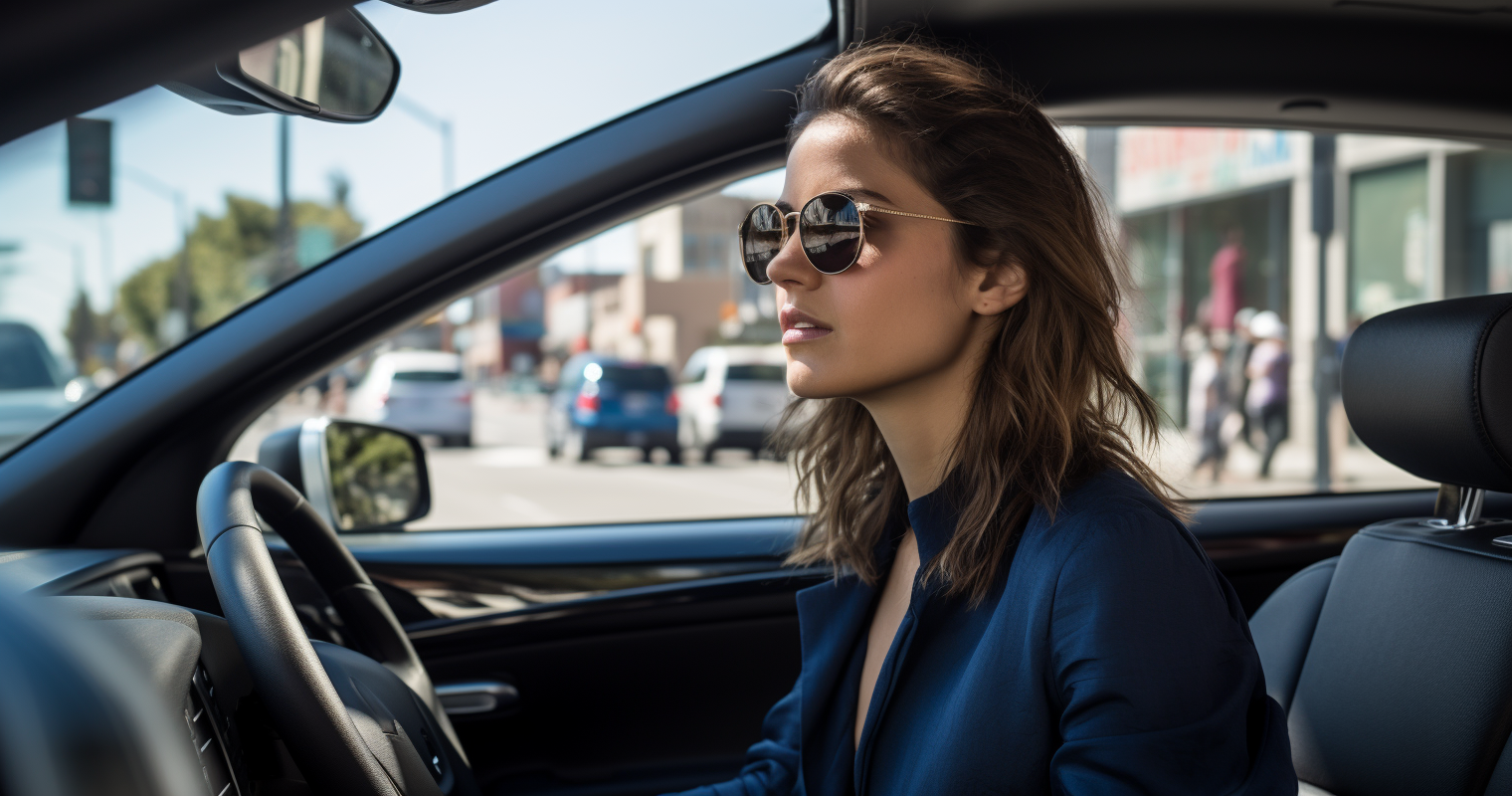Indonesia is a diverse country with a unique driving culture. It’s essential to understand the road safety, rules and regulations before getting behind the wheel. This article will provide all the information needed to drive safely in Indonesia.
Road Safety in Indonesia
Road safety in Indonesia is a major concern due to the high rate of accidents. The main reasons for accidents are reckless driving, poorly maintained roads, and lack of proper traffic management.
Driving standards in Indonesia can vary depending on the region. Some cities are known for their chaotic traffic, while others are relatively calm. It’s important to be extra cautious when driving in crowded areas and to remain alert at all times.
Equipment requirements
It’s mandatory to carry certain equipment in your vehicle while driving in Indonesia. Some of the essential equipment that you need to carry include:
- Valid driving license
- Vehicle registration documents
- Proof of insurance
- Reflective triangle
- First-aid kit
- Fire extinguisher
What to do in case of an accident
If you are involved in a road accident in Indonesia, the first step is to contact the police by dialing 110. You should also exchange details with the other driver involved in the accident. This includes the driver’s name, address, phone number, and insurance details.
Driving rules in Indonesia
Driving side
In Indonesia, drivers are required to drive on the left side of the road. It’s important to keep to the left side of the road, especially when overtaking.
Right of way
In Indonesia, vehicles coming from the right-hand side have the right of way. This means that drivers must give way to vehicles coming from the right.
Speed limits
The speed limit in Indonesia varies depending on the type of road. The maximum speed limit for cars on a highway is 100km/h, while the maximum speed limit for cars on urban roads is 60km/h.
Other important rules
- Seat belts must be worn at all times while driving.
- It’s illegal to use a mobile phone while driving.
- It’s mandatory to use headlights while driving at night.
- Overtaking on the left side is not allowed.
- Motorcycles are not allowed on highways.
Road signs and traffic lights
Road signs in Indonesia are similar to those in other countries, with universal symbols used to indicate speed limits, no parking zones, and other important information.
Traffic lights in Indonesia are the same as in most other countries. However, it’s essential to be extra cautious when approaching a traffic light as some drivers tend to run red lights.
Road traffic info
The Indonesian National Police Traffic Management Center provides up-to-date road traffic information through their website www.lantas.polri.go.id.
Parking rules
Parking in Indonesia can be challenging, especially in crowded urban areas. It’s essential to follow the parking rules to avoid getting fined.
In most cities, street parking is not allowed, and you must park in designated parking areas. Parking fees vary depending on the location and time of day. It’s important to pay attention to the parking signs to avoid getting fined.
Disabled parking spots are available in most public areas in Indonesia. However, to park in these spots, you must display a valid disabled parking permit.
Driving in Indonesia can be challenging, but by understanding the road safety, rules and regulations, it’s possible to have a safe and enjoyable driving experience. Always remain alert and cautious while driving, follow the rules, and ensure that you have all the necessary equipment and documents with you while on the road.

